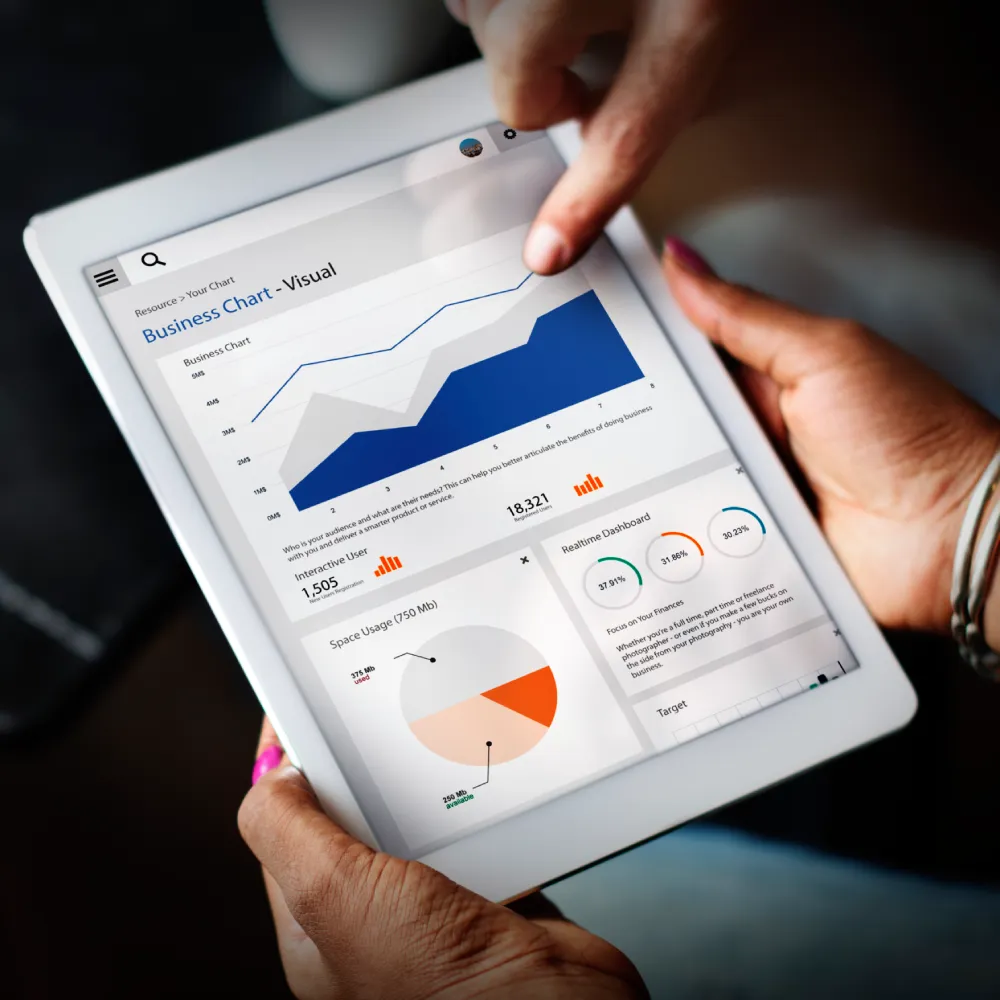The Intersection of Process Improvement and Technology

The Importance of Continuous Improvement
In today’s fiercely competitive business landscape, organizations face relentless pressure to deliver superior products and services while optimizing operational efficiency. Continuous process improvement (CPI) provides a framework for organizations to regularly evaluate and refine their processes. Here’s why it matters:
Cost Savings and Improved Productivity
CPI leads to cost savings by eliminating waste, streamlining workflows, and enhancing productivity. When processes are continuously refined, organizations can achieve more with fewer resources, ultimately improving their bottom line.
Agility and Adaptability
In a marketplace where customer preferences can swiftly change, companies prioritizing CPI can quickly respond to emerging trends. By fostering a culture of innovation and adaptability, organizations remain dynamic and resilient, capable of navigating challenges and seizing opportunities.
Customer Satisfaction
Efficient processes directly impact customer satisfaction. Streamlined workflows ensure timely delivery of products and services, meeting or exceeding customer expectations. Happy customers lead to repeat business and positive word-of-mouth.
The Evolution of Technology in Continuous Improvement
Early Stages: Basic Software Tools
In the early days of using software for continuous improvement, organizations primarily relied on basic computer programs and databases. Spreadsheets like Microsoft Excel were common for recording and managing data related to improvement projects. While limited, these tools streamlined data analysis and project management.
Advanced Data Analytics and Visualization
Today, advanced data analytic tools such as Power BI, Tableau, Google Analytics etc. allow organisations to collect, process, and understand vast amounts of data from various sources. Real-time data visualization tools present complex information in an easily digestible format, enabling better decision-making.
AI and Machine Learning
Automated Intelligence (AI) and Machine Learning (ML) technologies analyze complex data patterns, identifying trends that humans might overlook. Integrating AI-driven insights into improvement efforts enables more targeted and effective strategies.
Benefits of Leveraging Technology in Continuous Improvement
Real-Time Visibility
Continuous improvement software provides real-time visibility into business processes. Teams can track performance metrics, key success factors, and project status instantly. This transparency enhances collaboration and informed decision-making.
Automation and Efficiency
Technology allows organizations to automate tedious, repetitive tasks, freeing up valuable time and resources. Automated workflows reduce errors and enhance efficiency.
Data-Driven Decision-Making
Advanced analytics enable data-driven decision-making. Organizations can identify incremental improvement opportunities accurately and make informed choices toward desired outcomes.
Making Work More Human
Rather than merely speeding up existing work, smart technology creates an opportunity to redesign jobs. By leveraging technology, we can focus on the aspects of work where humans excel: relationship building, intuitive decision-making, empathy, and problem-solving.
In summary, embracing technology in the continuous improvement journey propels organizations to new heights of efficiency, innovation, and customer satisfaction
Recent Posts

